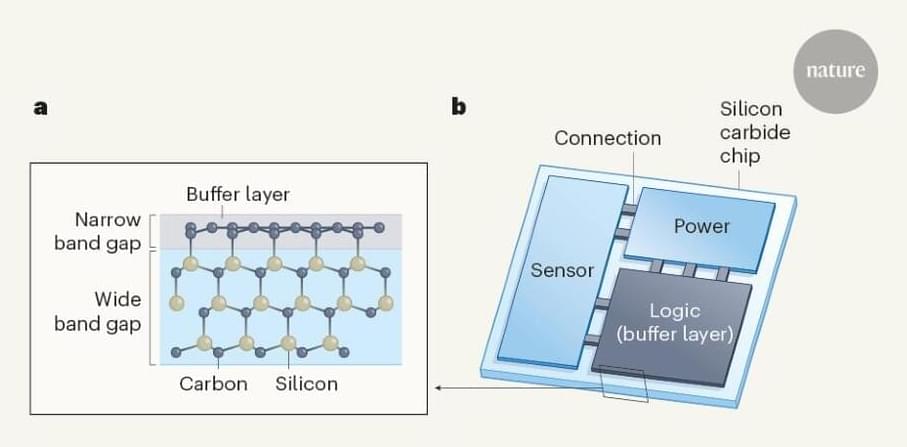At just a few millimeters in size, these tiny sensors can monitor alcohol consumption, sugar intake, and other dietary measurements with ease.



Using a soap bubble, researchers have created a laser that could act as a sensitive sensor for environmental parameters including atmospheric pressure.
Soap bubbles are known for their attention-grabbing effect on toddlers, and now researchers have shown that these objects have another dazzling use—generating color-tunable laser light [1]. They demonstrated that a dye dissolved in the soap solution of such a bubble can amplify light circulating in the spherical shell and produce laser light. This light is visible as a glowing ring around the bubble. Such “bubble lasers” could act as precision sensors for measuring atmospheric pressure or for detecting changes in an electric field.
The allure of bubbles comes in large part from their interaction with light. As soap bubbles dance through the air, they sparkle like glitter, shifting hues as they move. This phenomenon, known as iridescence, comes from the interference of light waves within a bubble’s soapy shell.
Chip likely designed for Samsung, Google mixed reality headset.
To delve into the technical specifications, Apple’s Vision Pro boasts an impressive resolution of 11.5 million pixels per eye, more than a 4K TV for each eye, with a total resolution of 23 million pixels.
In comparison, the Quest 3 features a total resolution of 4.6 million pixels per eye, slightly surpassing 2k resolution.
The new Snapdragon XR2 chip supporting 4.3k per eye, translating to a total resolution of 34 million pixels at 90 fps, means a potential alignment of the chip with screens akin to Apple’s Vision Pro.

A new thermal transistor can control heat as precisely as an electrical transistor can control electricity.
By Rachel Nuwer

Combining smart sensors with an older technology — analog computing — could dramatically reduce their power consumption.


Deep-pocketed investors have adopted a bearish approach towards CRISPR Therapeutics CRSP, and it’s something market players shouldn’t ignore. Our tracking of public options records at Benzinga unveiled this significant move today. The identity of these investors remains unknown, but such a substantial move in CRSP usually suggests something big is about to happen.
We gleaned this information from our observations today when Benzinga’s options scanner highlighted 11 extraordinary options activities for CRISPR Therapeutics. This level of activity is out of the ordinary.
The general mood among these heavyweight investors is divided, with 45% leaning bullish and 54% bearish. Among these notable options, 2 are puts, totaling $98,000, and 9 are calls, amounting to $744,659.
